Back to Courses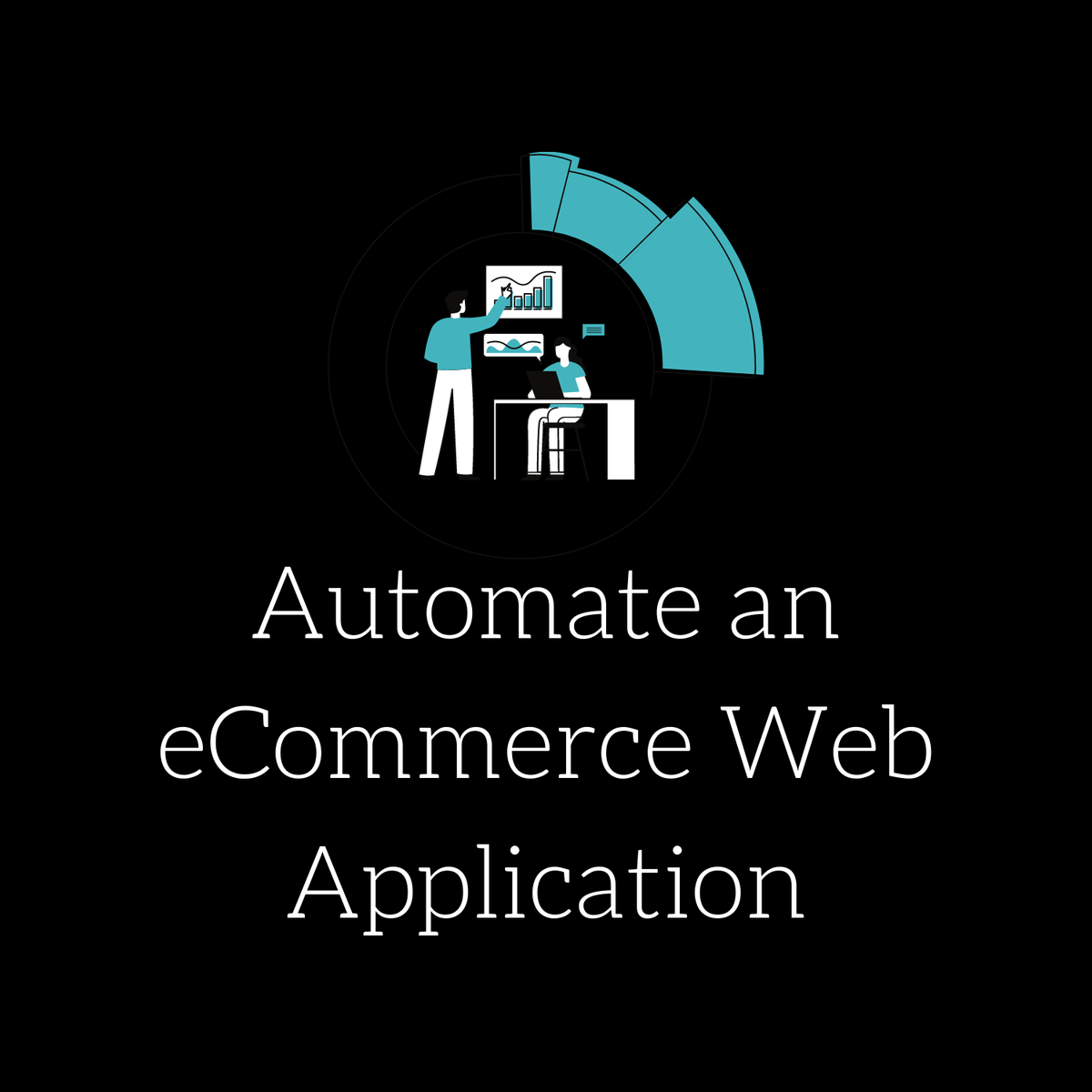
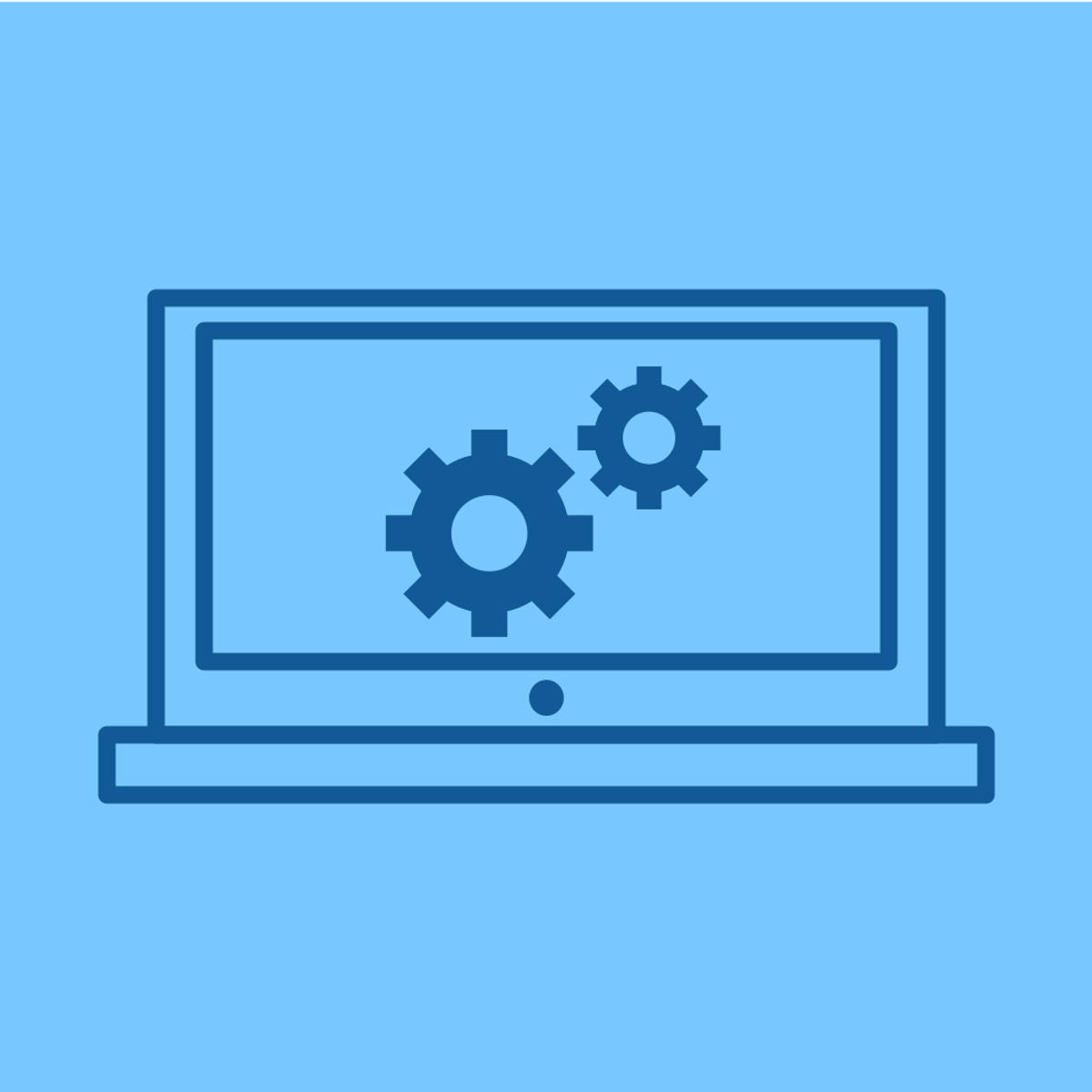
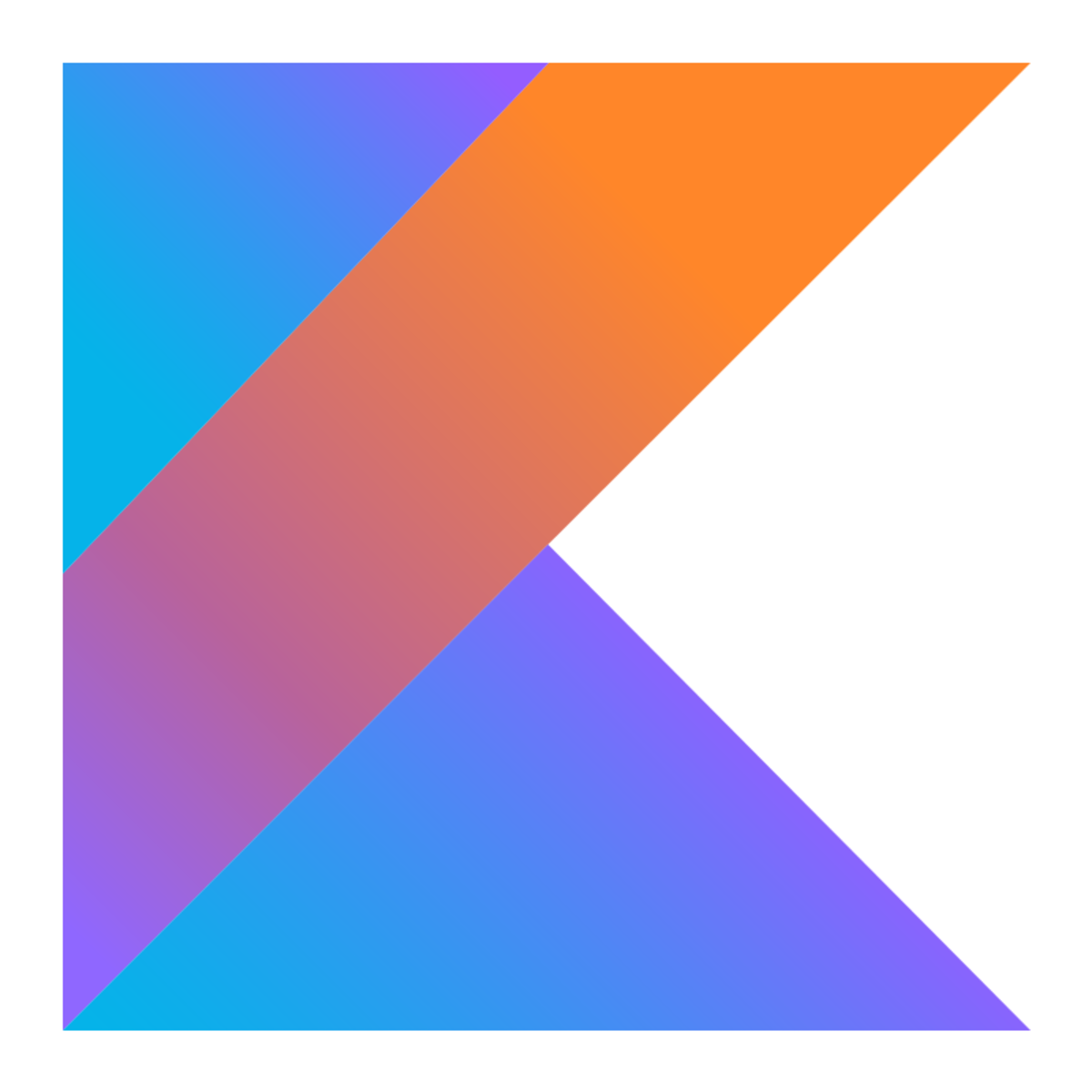

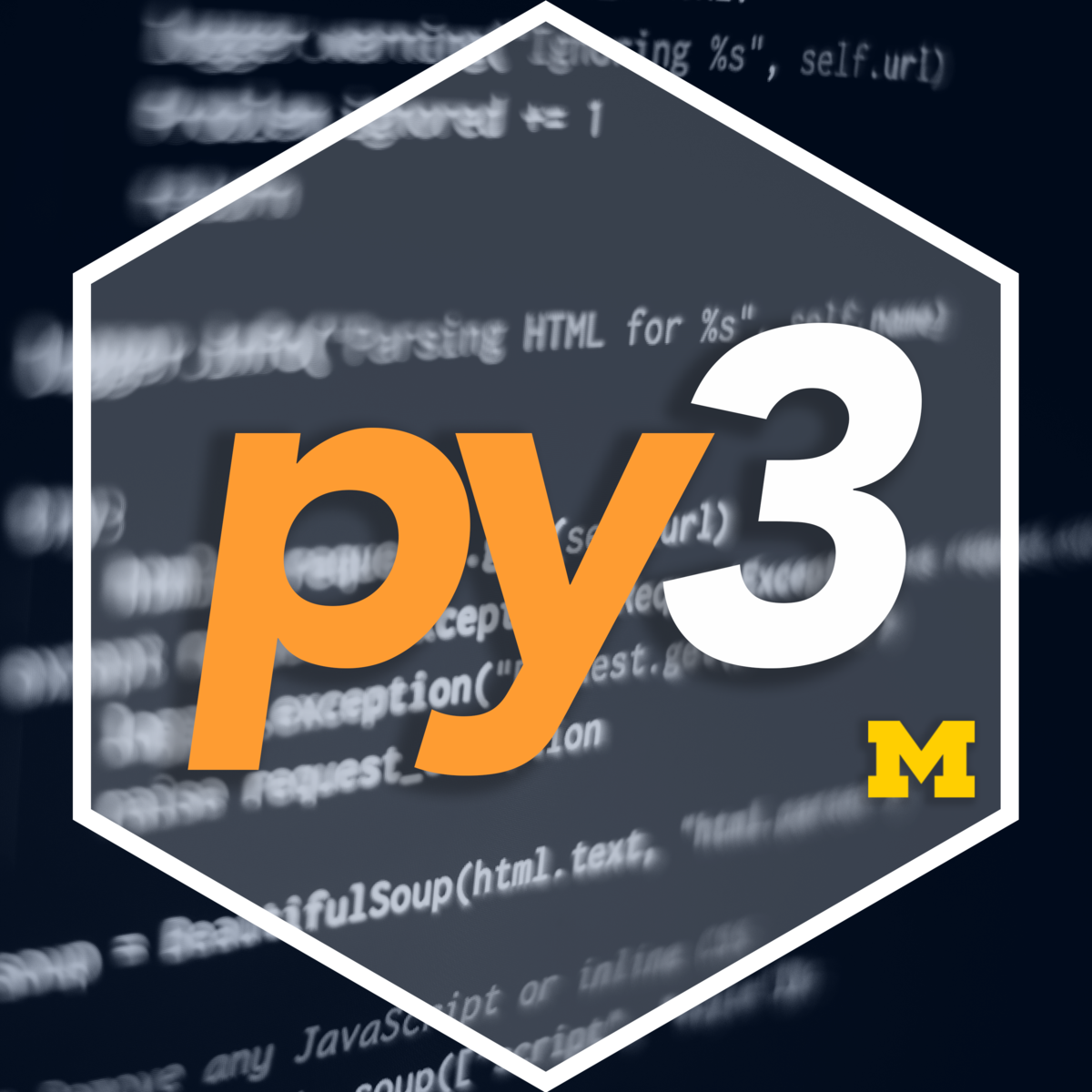
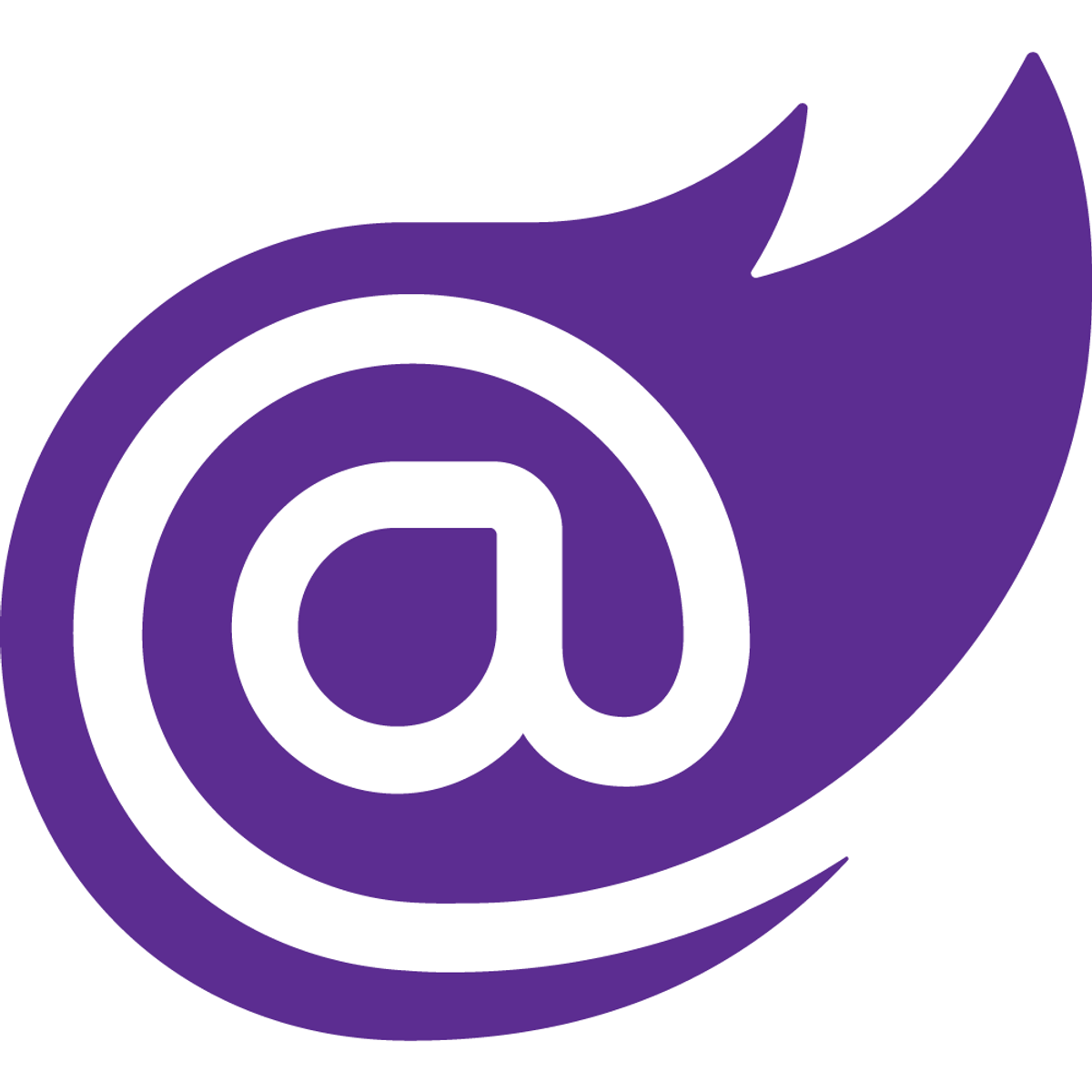


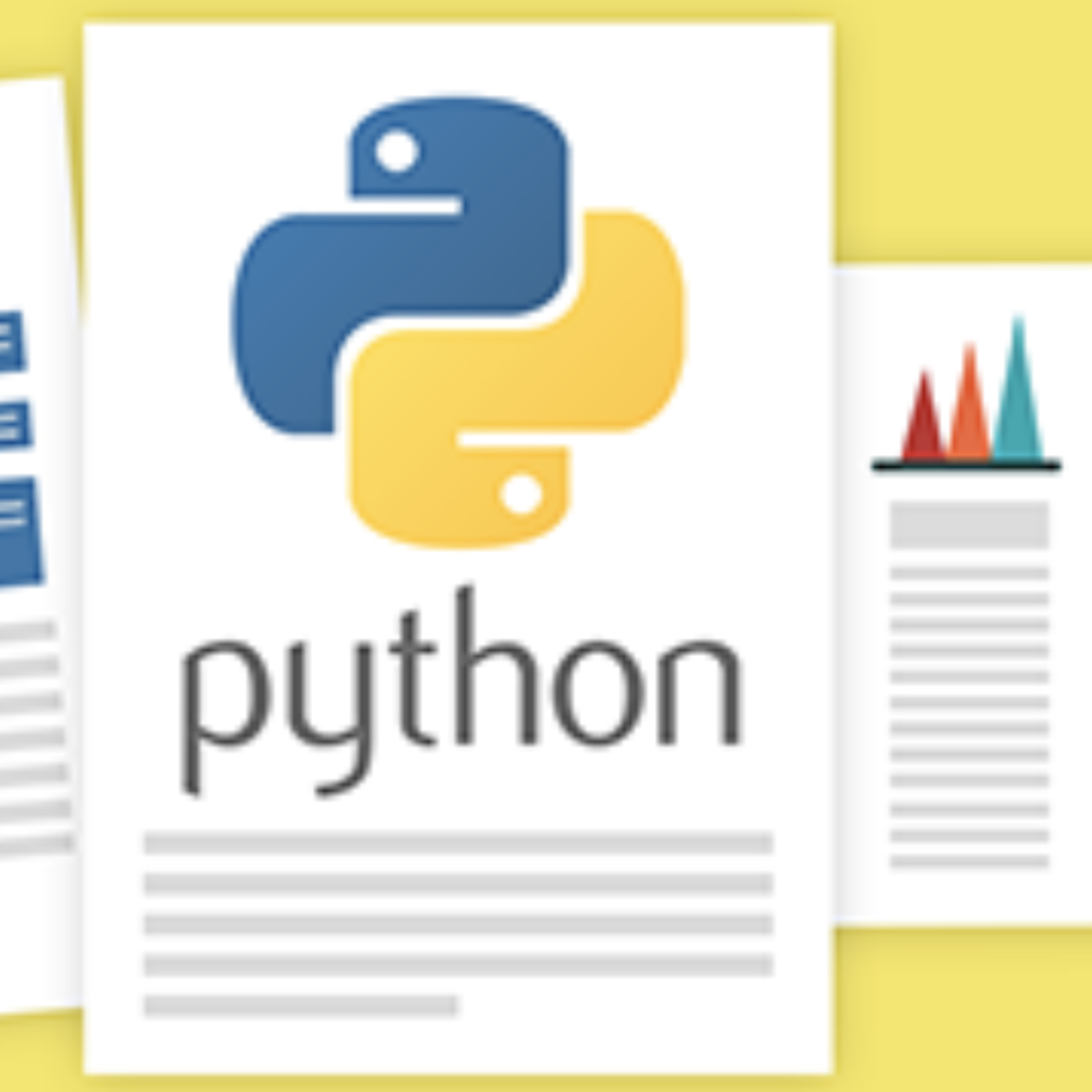

Software Development Courses - Page 16
Showing results 151-160 of 1266

Automate an e-commerce web application using Selenium & Java
In this 1-hour long project-based course, you will learn -
1. Writing test automation scripts using Selenium to automation an e-commerce website
2. Interacting with web elements like text box, dropdown select, buttons, lists
3. Performing scroll down operation using Mouse operations (Action Class)
4. Performing scroll down operation using Javascripts via Selenium
5. Writing XPaths for dynamic web elements
Note: This course works best for learners who are based in the North America region. We’re currently working on providing the same experience in other regions.
Intro to Operating Systems 1: Virtualization
Learn the inner workings of operating systems without installing anything!
This course is designed for learners who are looking to maximize performance by understanding how operating systems work at a fundamental level. The modules in this course cover the basics of the C language, processes, scheduling, and memory.
To allow for a truly hands-on, self-paced learning experience, this course is video-free. Assignments contain short explanations with images and runnable code examples with suggested edits to explore code examples further, building a deeper understanding by doing. You’ll benefit from instant feedback from a variety of assessment items along the way, gently progressing from quick understanding checks (multiple choice, fill in the blank, and un-scrambling code blocks) to slowly building features, resulting in large coding projects at the end of the course.

Kotlin for Java Developers
The Kotlin programming language is a modern language that gives you more power for your everyday tasks. Kotlin is concise, safe, pragmatic, and focused on interoperability with Java code. It can be used almost everywhere Java is used today: for server-side development, Android apps, and much more. Kotlin is 100% compatible with all existing Java frameworks, and has good tooling support. It’s a pragmatic language with a very low learning curve, and can be quickly grasped by Java developers. Kotlin code might be compiled not only to JVM bytecode but to JavaScript and Native code as well, but this course is focused on Kotlin/JVM.
This course aims to share with you the power and the beauty of Kotlin. We'll have a basic overview of the language, as well as a discussion of many corner cases, especially concerning Java interoperability. The course is based on your Java experience; it shows the similarities between the two languages and focuses on what's going to be different.
Note that this course won't cover the programming fundamentals. We'll discuss: basic syntax, nullability, functional programming with Kotlin, object-oriented programming with Kotlin, the power of the Kotlin standard library, and Java interoperability.

Algorithmic Thinking (Part 2)
Experienced Computer Scientists analyze and solve computational problems at a level of abstraction that is beyond that of any particular programming language. This two-part class is designed to train students in the mathematical concepts and process of "Algorithmic Thinking", allowing them to build simpler, more efficient solutions to computational problems.
In part 2 of this course, we will study advanced algorithmic techniques such as divide-and-conquer and dynamic programming. As the central part of the course, students will implement several algorithms in Python that incorporate these techniques and then use these algorithms to analyze two large real-world data sets. The main focus of these tasks is to understand interaction between the algorithms and the structure of the data sets being analyzed by these algorithms.
Once students have completed this class, they will have both the mathematical and programming skills to analyze, design, and program solutions to a wide range of computational problems. While this class will use Python as its vehicle of choice to practice Algorithmic Thinking, the concepts that you will learn in this class transcend any particular programming language.

Data Collection and Processing with Python
This course teaches you to fetch and process data from services on the Internet. It covers Python list comprehensions and provides opportunities to practice extracting from and processing deeply nested data. You'll also learn how to use the Python requests module to interact with REST APIs and what to look for in documentation of those APIs. For the final project, you will construct a “tag recommender” for the flickr photo sharing site.
The course is well-suited for you if you have already taken the "Python Basics" and "Python Functions, Files, and Dictionaries" courses (courses 1 and 2 of the Python 3 Programming Specialization). If you are already familiar with Python fundamentals but want practice at retrieving and processing complex nested data from Internet services, you can also benefit from this course without taking the previous two.
This is the third of five courses in the Python 3 Programming Specialization.

Getting Started with Blazor WASM
In this short project-based course, you will learn how to create and run a Blazor Server application. You'll learn how to create components and bind their events and properties. You'll also learn navigation and dependency injection, as well as creating forms in Blazor.
Note: This course works best for learners who are based in the North America region. We’re currently working on providing the same experience in other regions.

JavaScript Numbers: Properties and Methods
In this beginning-level project you will work with the number data type, and with properties and methods that apply to numbers. You will use Notepad++ to write JavaScript code and the Chrome browser to view your results. For a JavaScript programmer, understanding how to deal with variables that contain numbers is a prerequisite for any kind of number processing – even something as simple as accepting a number from a prompt() method and using it in a calculation.
Note: This course works best for learners who are based in the North America region. We’re currently working on providing the same experience in other regions.

App Deployment, Debugging, and Performance
In this course, application developers learn how to design and develop cloud-native applications that seamlessly integrate components from the Google Cloud ecosystem. Through a combination of presentations, demos, and hands-on labs, participants learn how to create repeatable deployments by treating infrastructure as code, choose the appropriate application execution environment for an application, and monitor application performance.
Learners can choose to complete labs in their favorite language: Node.js, Java, or Python.

Data Analysis with Python
Analyzing data with Python is an essential skill for Data Scientists and Data Analysts. This course will take you from the basics of data analysis with Python to building and evaluating data models.
Topics covered include:
- collecting and importing data
- cleaning, preparing & formatting data
- data frame manipulation
- summarizing data,
- building machine learning regression models
- model refinement
- creating data pipelines
You will learn how to import data from multiple sources, clean and wrangle data, perform exploratory data analysis (EDA), and create meaningful data visualizations. You will then predict future trends from data by developing linear, multiple, polynomial regression models & pipelines and learn how to evaluate them.
In addition to video lectures you will learn and practice using hands-on labs and projects. You will work with several open source Python libraries, including Pandas and Numpy to load, manipulate, analyze, and visualize cool datasets. You will also work with scipy and scikit-learn, to build machine learning models and make predictions.
If you choose to take this course and earn the Coursera course certificate, you will also earn an IBM digital badge.

C Programming: Using Linux Tools and Libraries - 7
Learn how to use professional tools and libraries to write and build C programs within the Linux operating system.
This seventh and final course in the C Programming with Linux Specialization will allow you to develop and use your C code within the Linux operating system. Using libraries in C is a fundamental concept when it comes to sharing code with others. In addition to compiling and linking, you will also learn how to pass arguments to an executable program.
As you embark on your future career as a programmer, you will be able to continue your coding adventures with professional coding environments used by C programmers around the world.
Why learn C and not another programming language? Did you know that smartphones, your car’s navigation system, robots, drones, trains, and almost all electronic devices have some C-code running under the hood? C is used in any circumstance where speed and flexibility are important, such as in embedded systems or high-performance computing.
At the end of this course, you will reach the last milestone in the C Programming with Linux Specialization, unlocking the door to a career in computer engineering.
Your job Outlook:
- Programmers, developers, engineers, managers, and related industries within scientific computing and data science;
- Embedded systems such as transportation, utility networks, and aerospace;
- Robotics industry and manufacturing;
- IoT (Internet of Things) used in smart homes, automation, and wearables.
- IEEE, the world’s largest technical professional organization for the advancement of technology, ranks C as third of the top programming languages of 2021 in demand by employers. (Source: IEEE Spectrum)
This course has received financial support from the Patrick & Lina Drahi Foundation.
Popular Internships and Jobs by Categories
Find Jobs & Internships
Browse
© 2024 BoostGrad | All rights reserved